Project Name: Mangrove Forest Conservation and Restoration
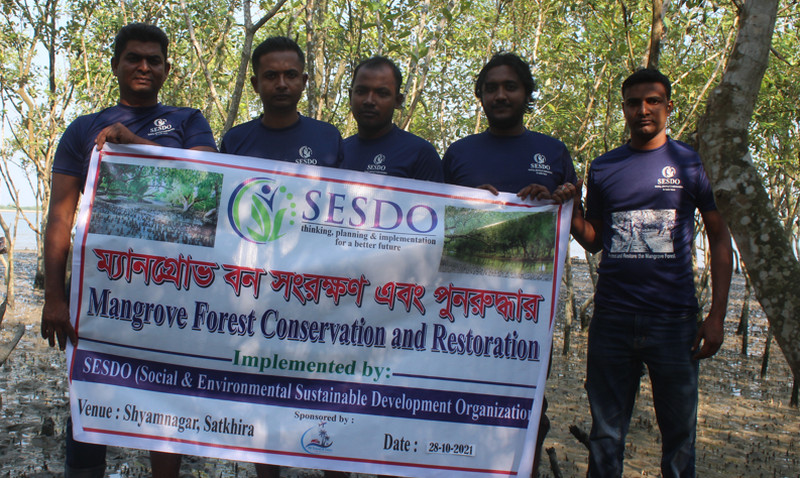
Preface of the Project
A large number of plant and animal species in the world are endangered due to the massive degradation of forests at an increasing rate. Forests and woodlands are shrinking worldwide due to pressure from growing population, industrialization, agricultural expansion and urbanization. Due to the increase in global temperature, the polar ice caps have started to melt. There is a risk of subsidence of low-lying coastal areas worldwide. Bangladesh’s coastal low-lying areas are most vulnerable to inundation by salty sea water. The soil and water in coastal areas are gradually becoming saline. Melting polar ice is releasing new microorganisms into the environment around us. As a result, there is a fear that the infection of more modern diseases like Covid-19 may start. There is no alternative to increasing, conserving and restoring forests to combat global warming and climate change. Forests are a source of healthy air, nutritious food, clean drinking water, recreation etc. In developed countries, 25 percent of drug raw materials come from plants. And in developing countries this contribution is more than 80 percent. So, saving forest life is essential for healthy living.
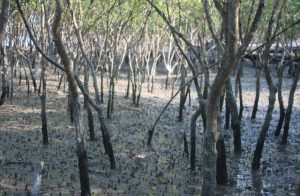
Various traditional knowledge and traditional sustainable practices of forest dwellers and forest dwellers need to be incorporated into institutionalized forest management in forest care and conservation. Conservation of forests and woodlands will be accelerated if forest dwellers and foresters practice various traditional knowledge and practices. Forest management requires the participation of various sections of the society and foresters. Compliance with various international laws is also important.
Project Duration:
Starting from 2022, this project is still ongoing.
| SDGs: | 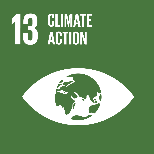 | |
Location:

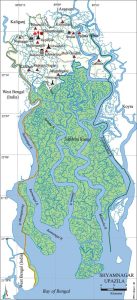 Bangladesh is blessed with having the largest mangrove forest in the world, named Sundarbans, and for this reason we consider Sundarbans to be the most suitable place for carrying out this project task. The local community in this area is directly or indirectly dependent on the Sundarbans, and they make a living by working on the Sundarbans’s treasury. SESDO works in this region for the protection of the mangrove forest and the development of the locality.
Bangladesh is blessed with having the largest mangrove forest in the world, named Sundarbans, and for this reason we consider Sundarbans to be the most suitable place for carrying out this project task. The local community in this area is directly or indirectly dependent on the Sundarbans, and they make a living by working on the Sundarbans’s treasury. SESDO works in this region for the protection of the mangrove forest and the development of the locality.
Significance
Environmentalists believe that the pressure of growing population, industrialization, agricultural expansion and urbanization are causing the decline of forests and woodlands worldwide. Due to the increase in global temperature, the polar ice caps have started to melt. There is a risk of submergence of the low-lying areas of the sea coast. There is a danger that the lower parts of our country will also submerge in the salt water of the sea. For this reason, increasing forest cover is necessary worldwide. But the reality is opposite. Forests are being deforested every year. Compared to many countries in the world, the forest resources of Bangladesh are decreasing alarmingly.
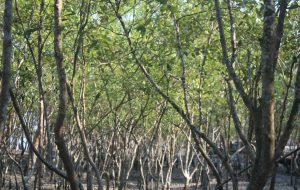
Currently, the per capita forest area in Bangladesh is less than 0.02 hectares. This is the lowest ratio of forest to human in the world. If this trend continues, the forests will be completely destroyed in the next 35-40 years or even earlier. Due to constant deforestation, the valuable species are soon extinct. A large number are included in the Red List as Critically Endangered species. The state of biodiversity is critical. Many animal and plant species have already become extinct. As the forest area is less than the country’s size and needs, the atmosphere is warming, the sea level is rising and the navigability of the rivers is decreasing. Loss of land fertility, floods, landslides, erosion and more recently climate change. As a result, the incidence, severity and extent of natural disasters are gradually increasing. To get rid of this situation there is no alternative to forest creation and plantation. It is possible to reduce the level of damage caused by natural calamities to a large extent through large-scale afforestation activities at the public-private and even private levels.
Urgent steps need to be taken so that the amount of forest land that still exists in the country is not destroyed. The parts of the forest areas where the trees have been cut down, need to be raised by planting adequate number of saplings with proper care. The very fruitful progress that has been made in planting and tending trees through social forestry by preserving the mutual interests of the government and local communities needs to be strengthened.
| Collaborators: |  |
Objectives of this Project:
- Mangrove forest restoration.
- Conservation of mangrove forest.
- Creating awareness among people about harmful aspects of mangrove damage.
- It provides alternative employment to the people of the locality.
- Conducting awareness level meetings with them.
